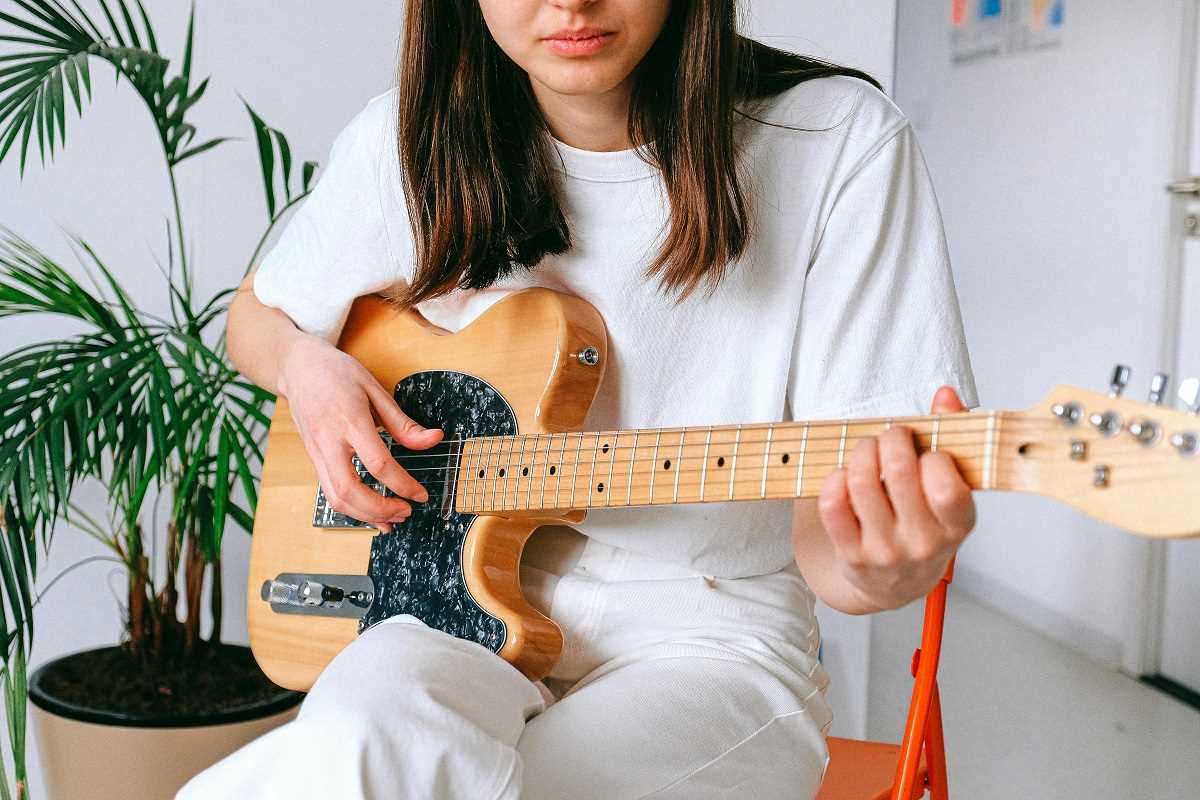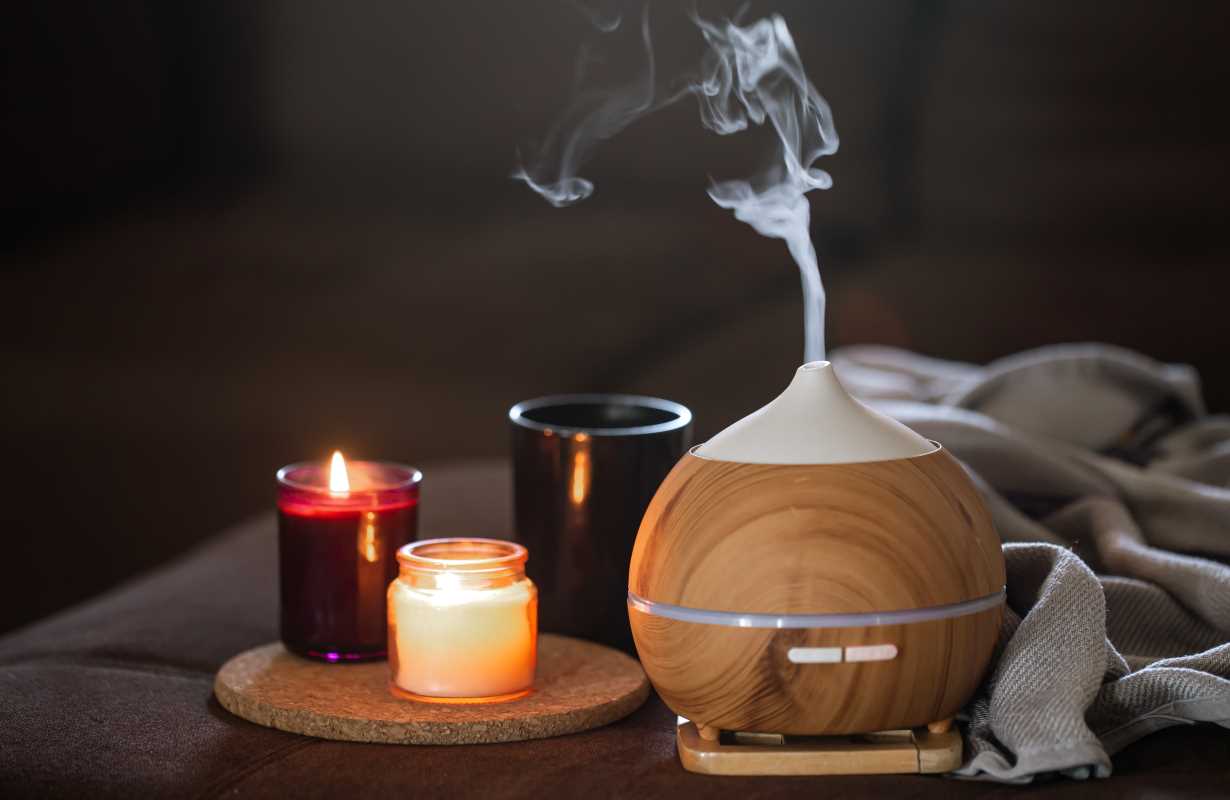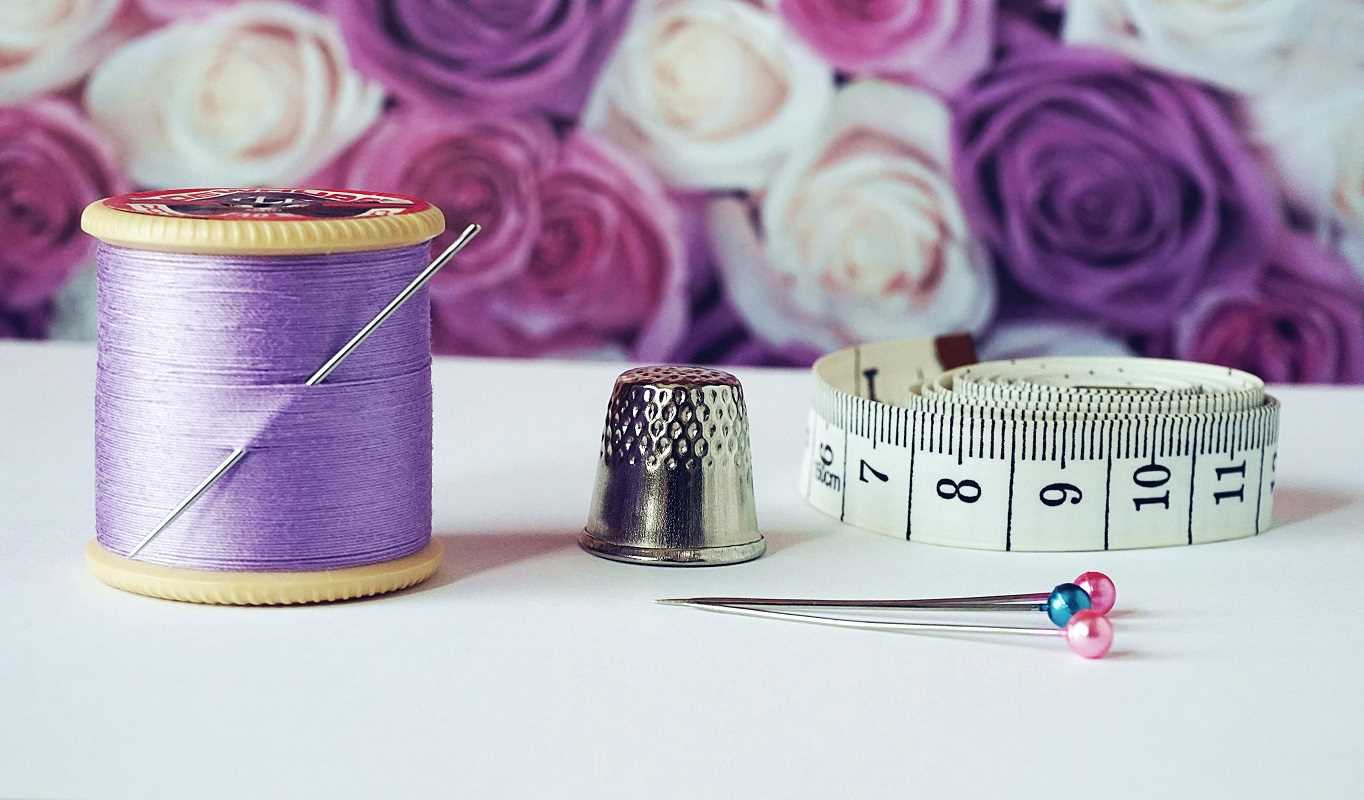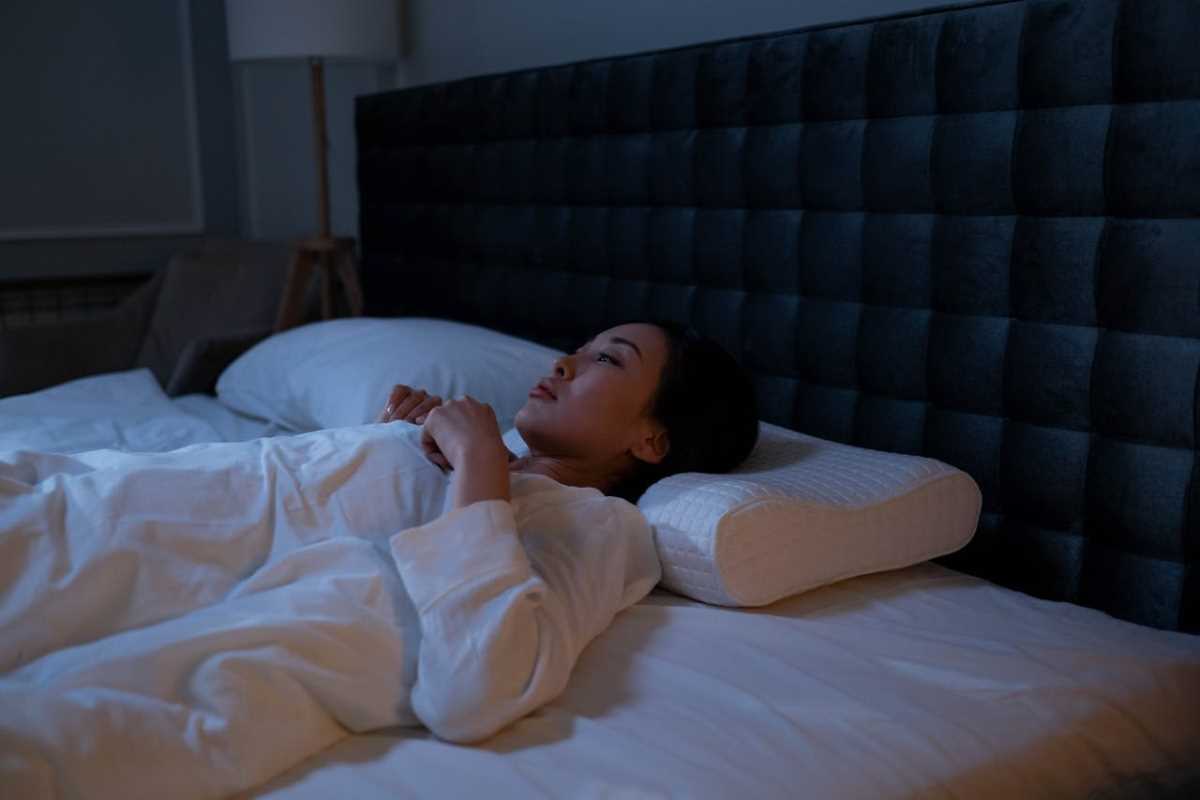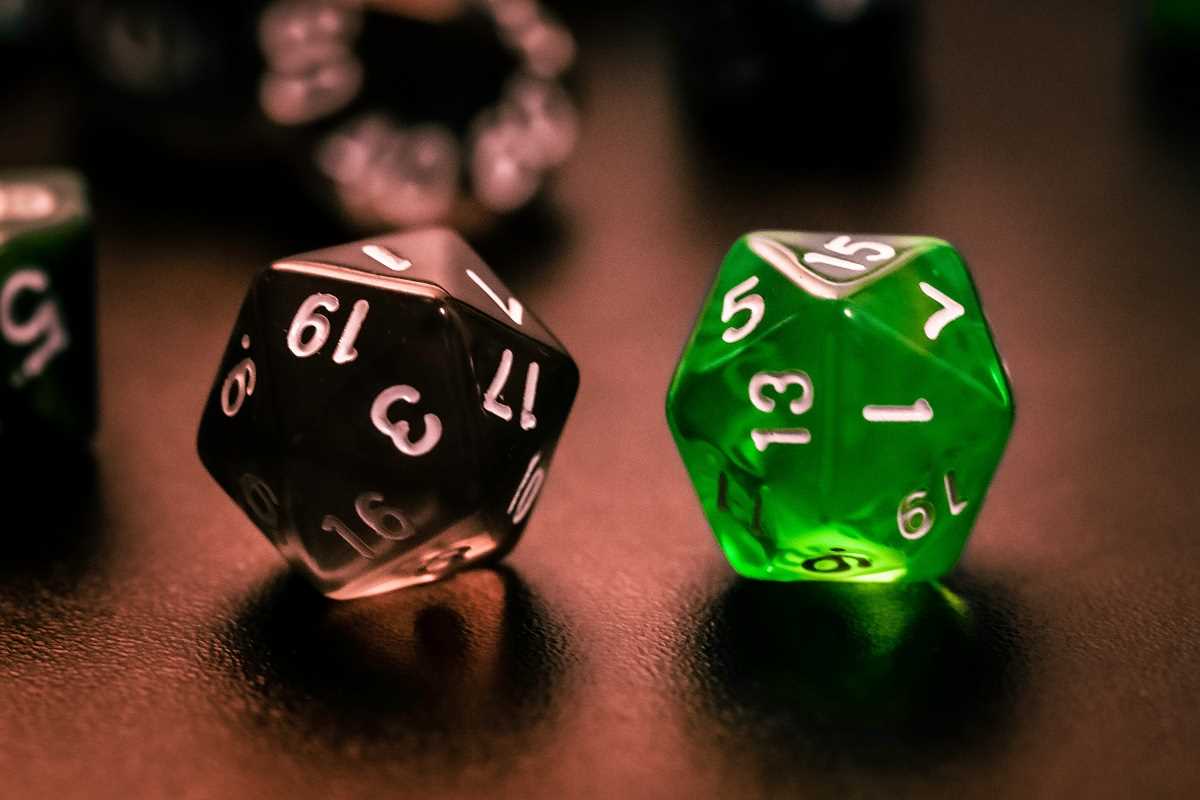There’s a unique tranquility that comes from dipping a brush into a palette of watercolors, blending soft hues, and watching them bloom across a blank page. Watercolor painting is more than an art form; it’s an invitation to slow down, focus inward, and find quiet joy in the simple act of creating. Even if you’ve never picked up a paintbrush before, watercolor offers a forgiving and meditative way to explore your creativity.
This article will guide you through the benefits of watercolor painting, help you gather the essentials to get started, and introduce helpful resources like YouTube tutorials and beginner-friendly painting kits. Whether you’re looking to de-stress or cultivate a new hobby, watercolor painting might just be the quiet reflection you need.
The Benefits of Watercolor Painting
Watercolor painting isn’t just about making art; it’s about the process of creating something personal and peaceful. Here’s how it can positively impact your well-being:
1. Stress Relief
Brushing soft pigments onto paper provides a therapeutic escape from the chaos of everyday life. The act of painting encourages slower, more intentional movements, naturally calming your mind and body. It’s almost like meditation—but instead of sitting still, you’re flowing with creativity.
2. Mindfulness
Watercolor requires you to focus on the present moment. Each brushstroke matters, and unpredictable outcomes (like how paint spreads on wet paper) teach you to accept and appreciate imperfections. This mindfulness can ground you, helping to quiet anxious thoughts.
3. Self-Expression
Unlike more rigid art forms, watercolor encourages experimentation. You don’t need to paint realistic portraits or follow strict rules. Instead, you can blend colors, create abstract patterns, or paint playful landscapes that reflect your mood. Every painting becomes uniquely yours.
4. A Boost in Confidence
Starting something new can feel intimidating, but watercolor’s forgiving nature makes it perfect for beginners. Mistakes can often be blended away with water or turned into happy accidents. Little victories with each brushstroke can build confidence, not just in art but in trying other creative outlets.
5. Connection with Nature
Watercolor often lends itself to painting elements of the natural world, like flowers, mountains, or sunsets. This connection to nature, even from the comfort of your chair, can foster a sense of peace and inspiration.
Getting Started with Watercolor Painting
If you’re interested in exploring watercolor but unsure where to begin, don’t worry! Here’s a step-by-step guide to help you start painting with ease.
Basic Supplies You’ll Need
Watercolor painting doesn’t require a huge shopping list. Start with a few essentials to keep it simple and budget-friendly:
- Watercolor Paints: For beginners, a basic palette with 8–12 colors is more than enough. Look for sets labeled “student grade,” which are affordable yet still deliver vibrant results. Some great options include Winsor & Newton's Cotman line or Arteza’s watercolor sets.
- Brushes: Invest in a few brushes with different sizes and shapes. A round brush (size 6 or 8) is a versatile option for most beginners, along with a flat brush for broader strokes.
- Watercolor Paper: Regular printer paper won’t handle watery paint well, so opt for watercolor paper. Look for one labeled “cold-pressed,” as it has a slightly textured surface that works well for most painting styles.
- Water Jars: You’ll need at least two jars of water: one for rinsing your brushes and another with clean water to mix your colors.
- Palette: Many watercolor sets come with a built-in palette, but you can also use a ceramic plate or any non-porous surface.
- Old Rag or Paper Towels: These are perfect for blotting brushes or fixing small mistakes.
Simple Techniques to Try
Once you have your supplies, start with basic practices that don’t feel overwhelming:
- Wet-on-Dry: Load your brush with paint and sweep it across dry paper. This technique gives you more control and creates crisp edges.
- Wet-on-Wet: Apply clean water to your paper before adding paint. The colors will spread and blend beautifully, creating soft, dreamy transitions.
- Color Mixing: Experiment with combining colors directly on your palette. You don’t need to stick with the basic hues from your set; creating custom shades is part of the fun!
- Simple Shapes: Start by painting basic shapes like circles, leaves, or stripes. These small, manageable steps build confidence before you move on to more detailed artwork.
Pro Tip for Beginners
Remember, you don’t need to nail everything on your first try. Treat your practice sessions like playtime. Making mistakes is part of the learning process, and sometimes those unexpected drips or splashes lead to the most interesting results.
Resources to Help You Learn
You don’t have to figure it all out alone. There’s a wealth of tutorials and communities online to guide your watercolor adventure. YouTube, in particular, is a treasure trove of inspiration and useful tips. Here are a few beginner-friendly channels:
YouTube Channels for Watercolor Beginners
- Emma Lefebvre: Emma’s videos are warm, approachable, and perfect for beginners. She covers everything from basic techniques to whimsical projects like florals and seasonal themes.
- The Frugal Crafter (Lindsay Weirich): Lindsay’s lively tutorials include step-by-step guidance, affordable supply tips, and ideas for creating both simple and intricate watercolor artworks.
- Michael Solovyev: Michael offers a mix of technique-based lessons and full demonstrations, making it easy to gradually build your skills in landscape and portrait painting.
- Lauren Elizabeth Fine Art: This channel focuses on beginner-friendly tutorials with lots of creative ideas, such as abstract painting and minimalist artworks.
Beginner-Friendly Watercolor Sets to Buy
If you’re ready to grab your supplies, here are a few trusted sets for newcomers:
- Winsor & Newton Cotman Watercolor Sketchers’ Pocket Box: Compact and portable, this set includes 12 vibrant colors and is ideal for beginners who want quality paints without breaking the bank.
- Arteza 36 Watercolor Set: Perfect for variety lovers, Arteza’s set offers an extensive color range at an affordable price.
- Pelikan Transparent Watercolor Paint Set: This budget-friendly set has easy-to-use pans and a durable case, making it a great starting choice for kids or experimenters of any age.
- Prima Marketing Watercolor Confections: Known for their artist-quality pigments and convenient tins, these sets come in curated themes like “Pastel Dreams” or “Tropical.”
Watercolor painting is more than just a creative pastime; it’s a gentle way to slow down and reconnect with yourself. The beauty of this medium is its accessibility and versatility. You don’t need to be “good” at it; the joy comes from exploring, playing, and discovering your unique artistic voice.
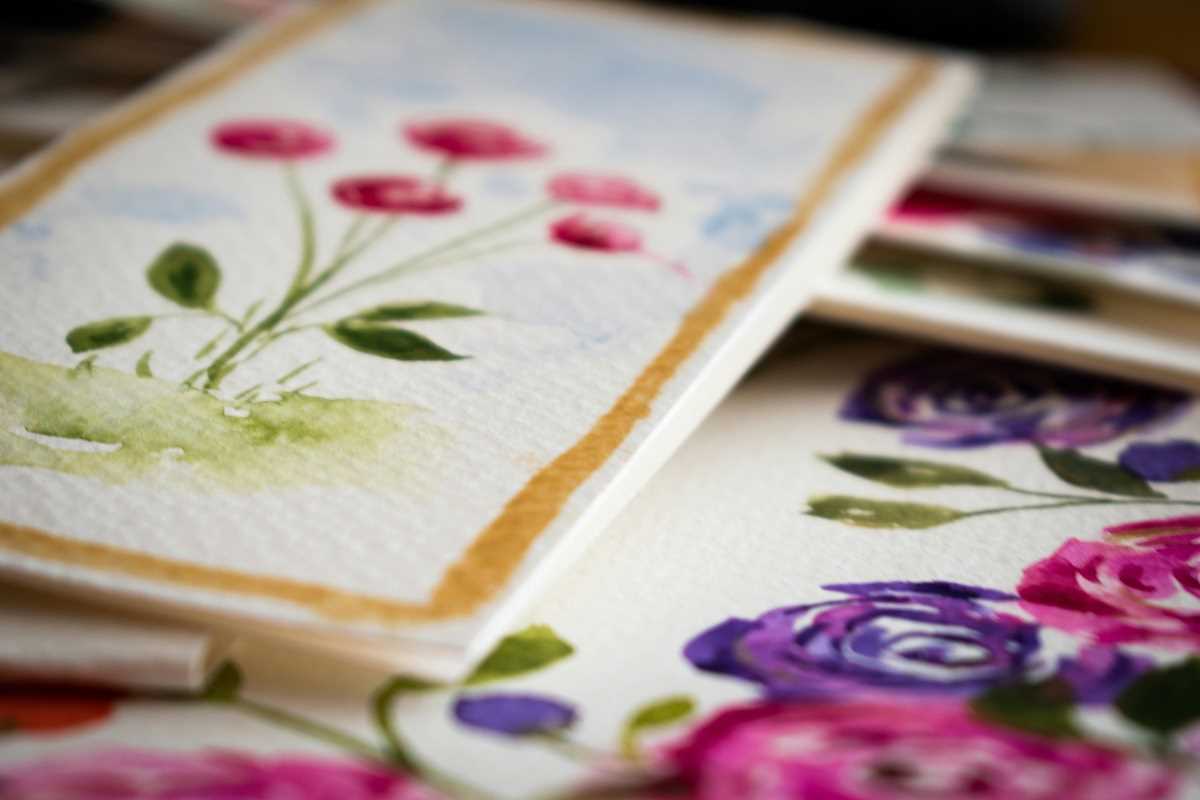 (Image via
(Image via